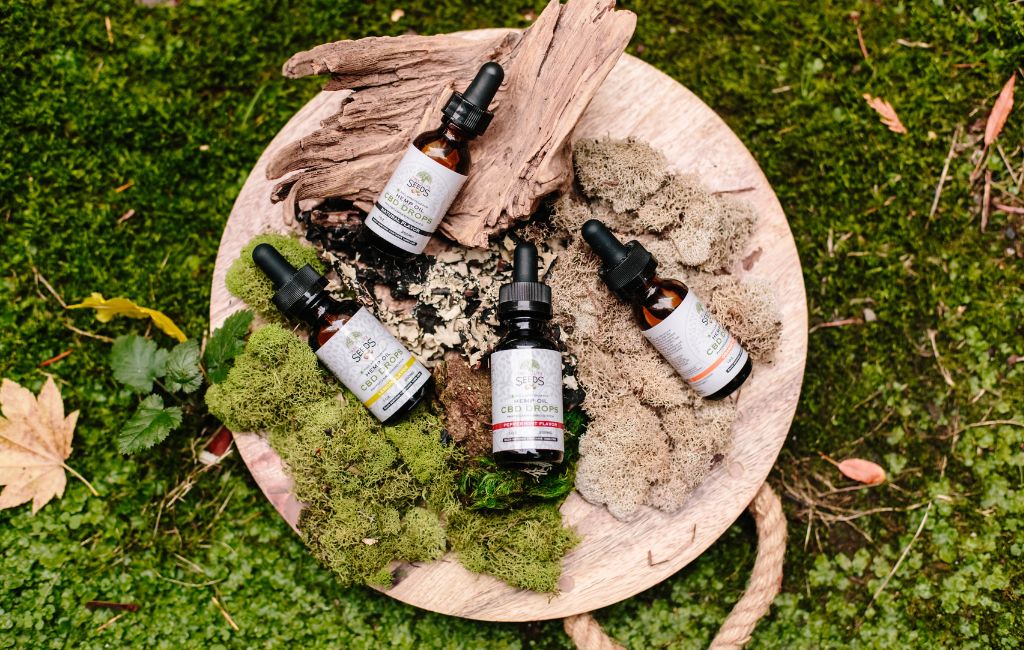
How to Use CBD Oil for Wellness
In recent years, CBD oil has gained significant attention as a natural remedy for various health issues. Derived from the cannabis plant, CBD, or cannabidiol, is a non-psychoactive compound that offers numerous potential benefits. This article explores how to incorporate CBD oil into your wellness routine effectively.
Understanding CBD Oil
CBD oil is extracted from the hemp plant, a variety of cannabis that contains low levels of THC, the psychoactive component. This makes CBD oil a popular choice for those seeking therapeutic benefits without the “high” associated with marijuana.
Types of CBD Oil
- Full-Spectrum CBD: Contains all cannabinoids found in the cannabis plant, including trace amounts of THC.
- Broad-Spectrum CBD: Includes multiple cannabinoids but is THC-free.
- CBD Isolate: Pure CBD with no other cannabinoids.
Potential Benefits of CBD Oil
Research suggests that CBD oil may offer a range of health benefits. Here are some areas where it shows promise:
Pain Relief
CBD oil is often used for pain management. Studies indicate that it may help reduce chronic pain by impacting endocannabinoid receptor activity, reducing inflammation, and interacting with neurotransmitters.
Anxiety and Depression
CBD oil has shown potential in reducing anxiety and depression. A study published in the Journal of Clinical Psychology found that CBD could help alleviate symptoms of these mental health disorders.
Improved Sleep
Many users report better sleep quality after using CBD oil. It may help regulate sleep patterns by addressing underlying issues such as anxiety or pain.
Neuroprotective Properties
Research is ongoing, but CBD oil may have neuroprotective properties. It is being studied for its potential in treating neurological disorders like epilepsy and multiple sclerosis.
How to Use CBD Oil
Incorporating CBD oil into your wellness routine can be straightforward. Here are some methods to consider:
Sublingual Application
One of the most common ways to use CBD oil is by placing a few drops under the tongue. This method allows for quick absorption into the bloodstream.
Topical Application
CBD-infused creams and lotions can be applied directly to the skin. This method is often used for localized pain relief and skin conditions.
Ingestion
CBD oil can be added to food and beverages. This method may take longer to produce effects, as the oil must pass through the digestive system.
Inhalation
Vaping CBD oil is another option, providing rapid effects. However, it’s important to use products specifically designed for vaping.
Dosage and Safety Considerations
Determining the right dosage of CBD oil can vary based on individual needs and conditions. It’s advisable to start with a low dose and gradually increase until the desired effects are achieved.
Factors Influencing Dosage
- Body weight
- Metabolism
- Severity of condition
- Concentration of CBD in the product
While CBD is generally considered safe, some users may experience side effects such as fatigue, diarrhea, or changes in appetite. Consulting with a healthcare professional before starting any new supplement is recommended.
Case Studies and Statistics
Several studies highlight the potential benefits of CBD oil. For instance, a 2019 study in the Journal of Pain Research found that CBD could significantly reduce pain and improve sleep quality in patients with chronic pain conditions.
According to a survey conducted by the Brightfield Group, 60% of CBD users take it for anxiety, while 40% use it for pain relief. These statistics underscore the growing popularity of CBD oil as a wellness supplement.
Conclusion
CBD oil offers a promising natural alternative for those seeking to enhance their wellness routine. With potential benefits ranging from pain relief to improved sleep, it has become a popular choice for many. As research continues to unfold, understanding how to use CBD oil effectively can help individuals make informed decisions about their health and well-being.